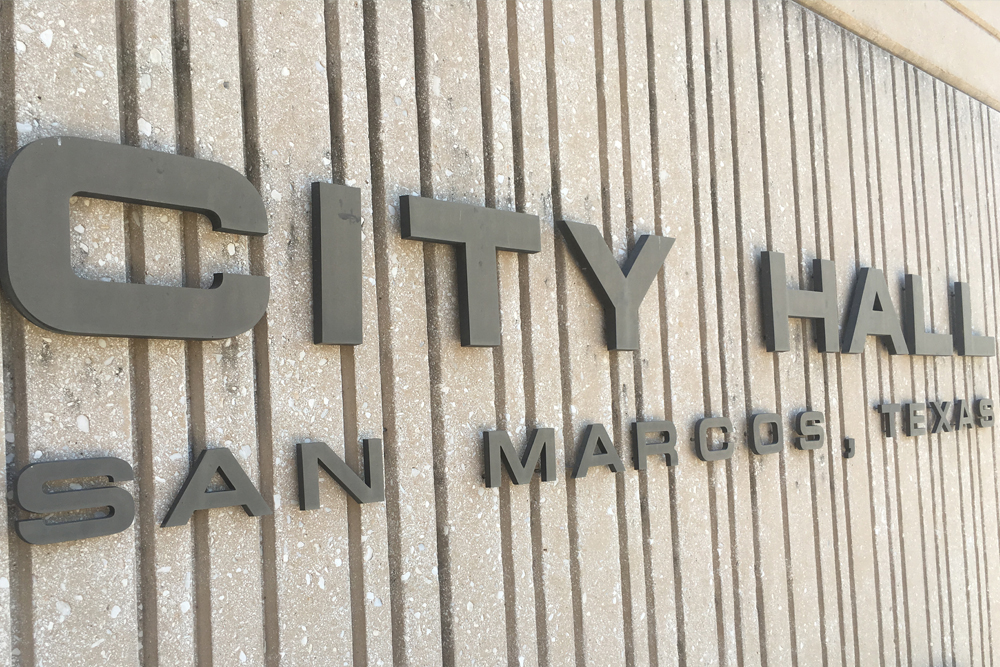
San Marcos City Council Approves PPA With USACE For San Marcos River Ecosystem Restoration Project
Justin Morrison | Corridor News Reporter
San Marcos City Council met virtually on August 4 to discuss approval on a project partnership agreement with the U.S. Department of the Army (Corps of Engineering) for the San Marcos River Section 206 Aquatic Ecosystem Restoration Project.
The project covers the area from Stokes Park to the city limits.
The City of San Marcos and the USACE have worked together since 2002 on developing an Aquatic Ecosystem Restoration Project for the San Marcos River.
The partnership is working towards accomplishing five restorative measures: Riparian Corridor Restoration, Aquatic Ecosystem Restoration, Wetland Restoration, Education, and Long-Term Monitoring.
The objective of the Section 206 Aquatic Ecosystem Restoration is to restore degraded aquatic ecosystem structure, function and dynamic processes to less degradation and more naturality while also having consideration of the ecosystem’s natural integrity, productivity, stability, and biological diversity.
The proposed project would restore valuable aquatic and riparian habitats along the San Marcos River, which have been degraded by development, recreational use, invasive plant and animal species and sedimentation.
It will also provide benefits to the following federally listed species: Texas wild rice, fountain darter and San Marcos salamander. The project also expands upon habitat restoration through its connectivity with the Edwards Aquifer Habitat Conservation Plan.
Enhancing the density of the riparian buffer through the conversion to native plants will filter and infiltrate stormwater runoff, which helps to remove pollutants, reduce flooding, and ensure a longer baseflow during drought.
It will also add a diversity of species which increases the resilience of the riparian buffer (and this is also true for the aquatic plants). Additionally, diversity provides a wider variety of niches for a wider variety of wildlife.
Section 206 consists of three project phases: A Federal Interest Determination Phase (completed in September 2008), A Feasibility Phase (initiated in April 2008), and lastly a Design and Construction Phase which negotiates a PPA.
The PPA, Article VI, discusses the City’s funding responsibility for the $3,810,506 project. The responsibility of the City would be monitoring and adapting management costs, which are projected to be $126,859 and to cover any unexpected changes.
Council Member Maxwell Baker said he was happy to see this item on the agenda because it corresponds well with discussion on Capes Dam in their work session and also with concerns regarding the park.
Baker asked, “Would it be possible for us to ask the Army Corps to give us a recommendation or advice when it comes to closing off the river and having recreation being split between residents and non-residents?”
According to Melani Howard, City of San Marcos Habitat Conservation Plan Manager, the Army Corps would be open to giving advice and recommendations on ways to deal with recreation to reduce the impact on endangered species.
The Army Corps will not, however, add money to a project; the USACE is restricted to only using the measures that they have within the plan.
“They couldn’t actually take any action, but I know they would be open to advice, recommendations, and guidelines,” Howard said.
Baker asked councilmembers if they should consider including the request for a recommendation or advice.
Howard added that it could not be added as a pay item, but it could be brought to the design team.
Once approved, the next step would be for the USACE to send a design team down to the river to begin an assessment of what the City has in place now and what projects that they want to put in place.
Howard said that this would be the time to talk to them; however, she was unclear about when they could provide an answer, but it would be during the USACE’s design phase, which takes anywhere from three to six months.
Council agreed that it would be fine for them to ask for recommendations on recreation, as long as it did not take any extra time or money.
According to Howard, the project would not give the council any further information on Capes Dam because when the environmental assessment was done back in 2011, all of that area was privately owned.
“Private land was not considered by the Army Corps of Engineers. All projects were meant for public lands,” She said.
Howard noted that she asked the USACE if there were any changes that could be made to the report but was informed that any change made would have to completely start the project over.
Council voted unanimously to approve the PPA with USACE.






